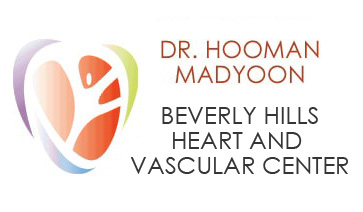OUR BUSINESS IS IDENTIFYING RISK
BEFORE A MORE SERIOUS PROBLEM OCCURS
Call today for a consultation!
310-492-8858
PERIPHERAL ARTERY DISEASE (P.A.D.)
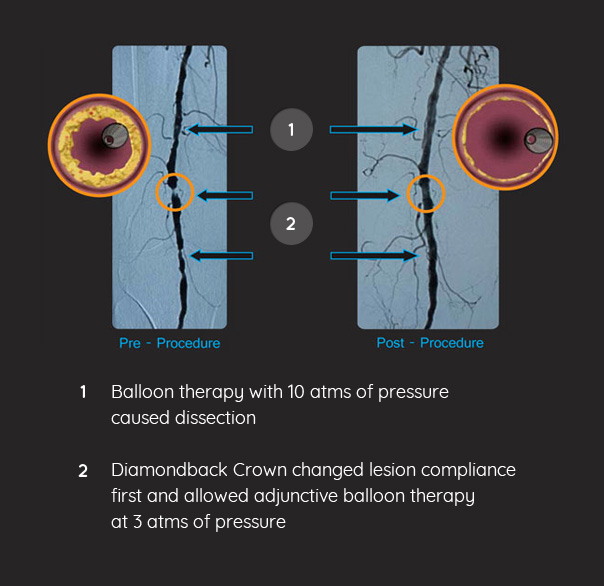
WHAT IS PERIPHERAL ARTERY DISEASE (PAD)?
(INCLUDE IS THIS DISEASE SERIOUS)
Peripheral Artery Disease is a common circulatory problem in which narrowed arteries reduce blood flow to your limbs. When you develop peripheral artery disease (PAD), your extremities – usually your legs – don’t receive enough blood flow to keep up with demand. This causes symptoms, most notably leg pain when walking (intermittent claudication).
Peripheral artery disease is also likely to be a more widespread accumulation of fatty deposits in your arteries (atherosclerosis). This condition may be reducing blood flow to your heart and brain, as well as your legs. Less commonly, the cause of PAD may be blood vessel inflammation, injury to your limbs, unusual anatomy of your ligaments or muscles, or radiation exposure. A proper diagnosis is vital to proper treatment.
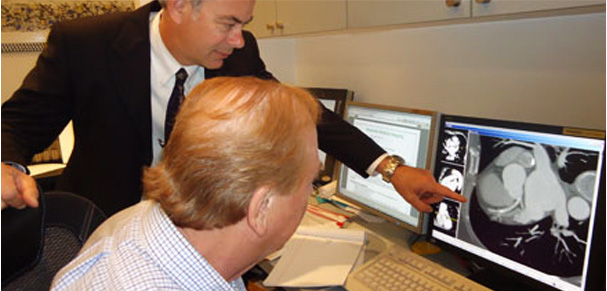
Often, you can successfully treat peripheral artery disease by quitting tobacco, exercising and eating a healthy diet. However, your PAD may be the result of other factors.
Dr. Hooman Madyoon, a leading California interventional cardiologist, insists on correctly identifying the primary and secondary causes of your problem. It’s “job one” of the comprehensive The Madyoon Method.
IS PERIPHERAL ARTERY DISEASE SERIOUS?
P.A.D. can be VERY serious if not diagnosed and treated by an expert cardiologist. If your Peripheral Artery Disease is caused by a buildup of plaques in your blood vessels (atherosclerosis), you’re also at risk of developing:
Critical limb ischemia
This condition begins as open sores that don’t heal, an injury, or an infection of your feet or legs. Critical limb ischemia (CLI) occurs when such injuries or infections progress and can cause tissue death (gangrene), sometimes requiring amputation of the affected limb.
Stroke and heart attack
The atherosclerosis that causes the signs and symptoms of peripheral artery disease isn’t limited to your legs. Fat deposits also build up in arteries supplying your heart and brain
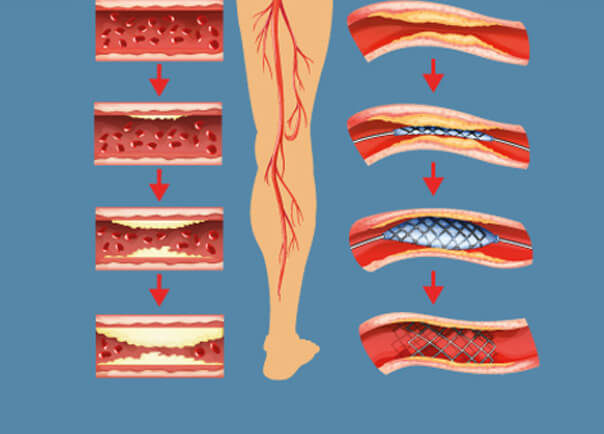
Risk Factors for PAD
The following factors may increase chances of getting P.A.D.
- Smoking & Diabetes: People who smoke or have diabetes are at the greatest risk of developing P.A.D.
- Clinically Obese with a body mass index over 30
- High Blood Pressure (140/90 mm of mercury or higher)
- High Cholesterol
- Over 50 years of age
- History of P.A.D., heart disease, or stroke
- Excess levels of homocysteine
TREATMENTS FOR PERIPHERAL ARTERY DISEASE
(INCLUDE WHAT IF I REQUIRE MORE THAN MED)
Treatment for Peripheral artery disease has two major goals. First, management of the symptoms must take place so that you can resume physical activities. Secondly. Stop progression of atherosclerosis throughout your body to reduce your risk of heart attack and stroke.
As we said earlier, you may be able to accomplish these goals with lifestyle changes. If you smoke, quitting is the single most important thing you can do to reduce your risk of complications. If lifestyle changes are not enough, you need treatment.. Dr. Madyoon, one of the nation’s leading and respected interventional cardiologists, may prescribe medicine to prevent blood clots, lower blood pressure and cholesterol, and control pain and other symptoms.
THESE MAY INCLUDE:
Cholesterol-lowering medications. You may take a cholesterol-lowering drug called a statin to reduce your risk factor of heart attack and stroke.
The goal for people who have Peripheral Artery Disease is to reduce low-density lipoprotein (LDL) cholesterol, the “bad” cholesterol, to less than
100 milligrams per deciliter. The goal is even lower if you have additional major risk factors for heart attack and stroke, especially diabetes or continued smoking.
High blood pressure medications. If you also have high blood pressure, Dr. Madyoon may prescribe medications to lower it. The goal of this therapy is to reduce your systolic blood pressure to 140 mm Hg. or lower and your diastolic blood pressure to 90 mm Hg. or lower. If you have diabetes, your blood pressure target is under 130/80 mm Hg.
Medication to control blood sugar. If you also have diabetes, it becomes even more important to control your blood sugar (glucose) levels. Dr. Madyoon will explain to you what your blood sugar goals are and what steps you need to take to achieve these goals.
Medications to prevent blood clots. Because Peripheral Artery Disease is related to reduced blood flow to your limbs, it’s important to reduce your risk of blood clots. A blood clot can completely block an already narrowed blood vessel and cause tissue death. Your Dr. Madyoon may prescribe daily aspirin therapy or another medication that helps prevent blood clots, such as clopidogrel (Plavix).
Symptom-relief medications. The drug cilostazol (Pletal) increases blood flow to the limbs both by preventing blood clots and by widening the
blood vessels. It specifically helps the symptom of claudication, leg pain, for people who have peripheral artery disease. Common side effects of this medication include headache and diarrhea. An alternative to cilostazol is pentoxifylline (Trental); however, it’s generally less effective. But, side
effects are rare with this medication.
Supervised exercise program In addition to medications, Dr. Madyoon may prescribe a supervised exercise training program as part of the comprehensive Madyoon Method to increase the distance you can walk pain-free. Regular exercise improves symptoms of PAD by a number of methods, including helping your body use oxygen more efficiently.
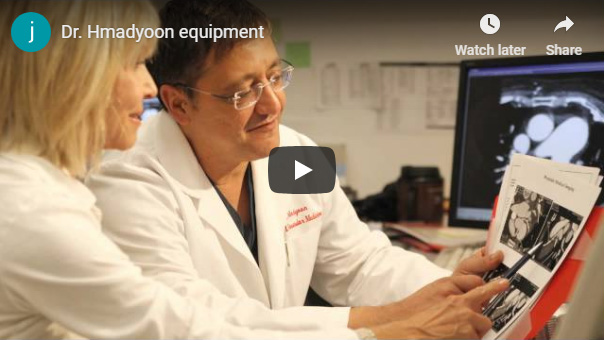
A WORD ABOUT PREVENTION
Cardiac prevention and intervention is at the center of The Madyoon Method.
Our business is identifying risk BEFORE a more serious problem is allowed to occur.
We were the first cardiology group to believe that cardiac CT would fundamentally change cardiology. For the first time, this amazing new science allows us to advise our Madyoon Method patients if they are at risk of having a heart attack.
Since 2003, we have performed over 10,000 cardiac CT procedures. That experience has clearly established us as the world’s most reliable and skilled authority in the field! We continue to present and add original research to major cardiovascular meetings. As a result, our work has been published in many prestigious cardiovascular journals worldwide.
Each year, about 1.5 million people in the United States have heart attacks, and more than 800,00 people die caused by cardiovascular disease according to millionhearts.hhs.gov. Heart disease, which often results in heart attacks, is the leading killer of both men and women in the United States.
Many more people could survive or recover better from heart attacks if they got help faster.
Of the people who die from heart attacks, about half die within an hour of the first symptoms and before they reach the hospital. The signs and symptoms of a heart attack can develop suddenly. However, they also can develop slowlysometimes within hours, days, or weeks of a heart attack.
